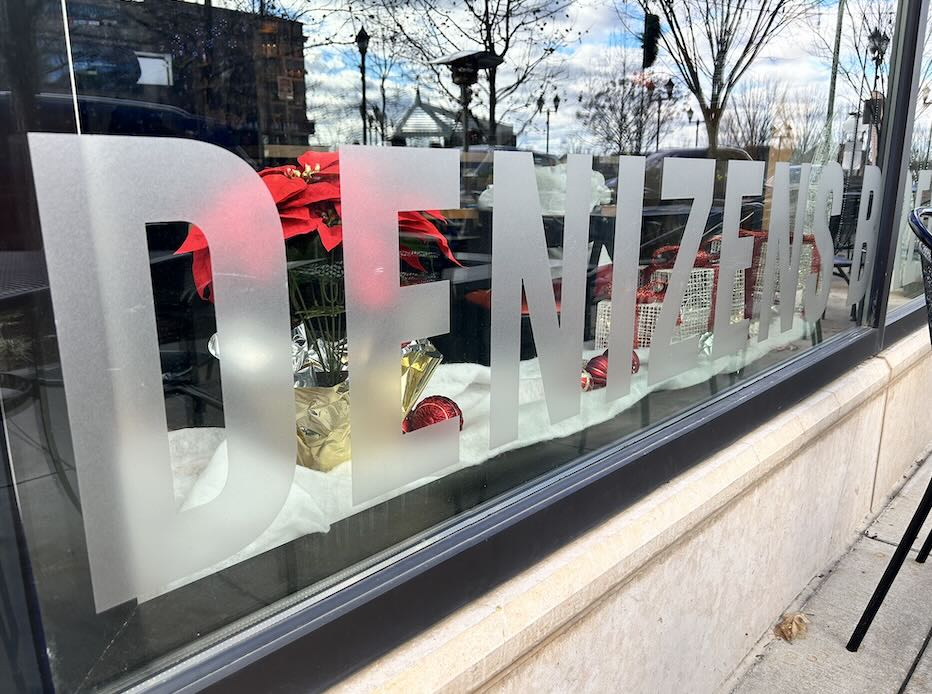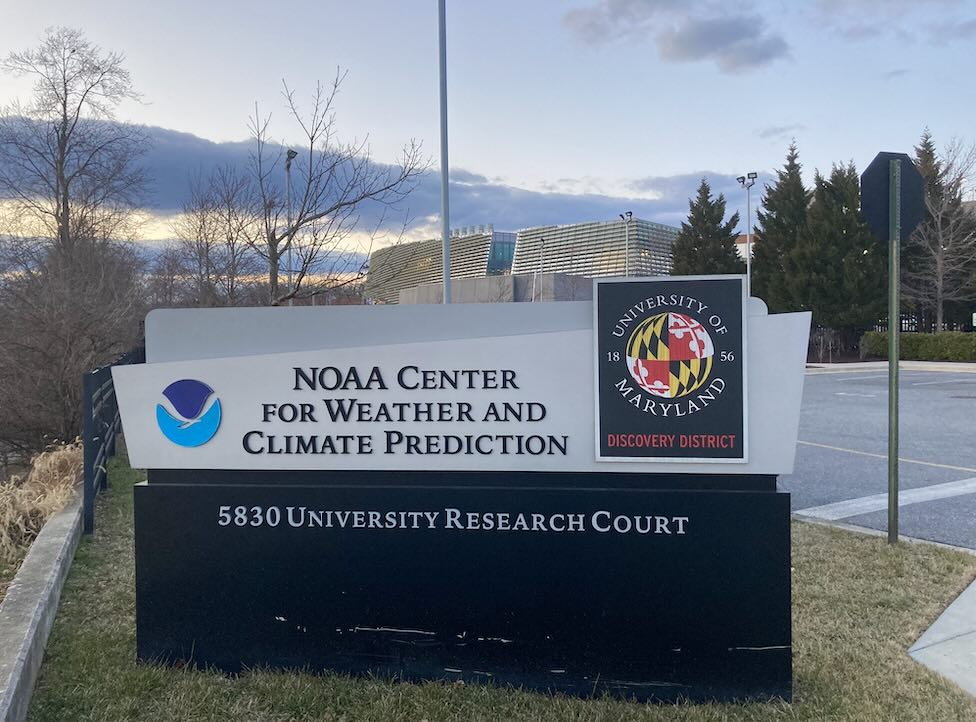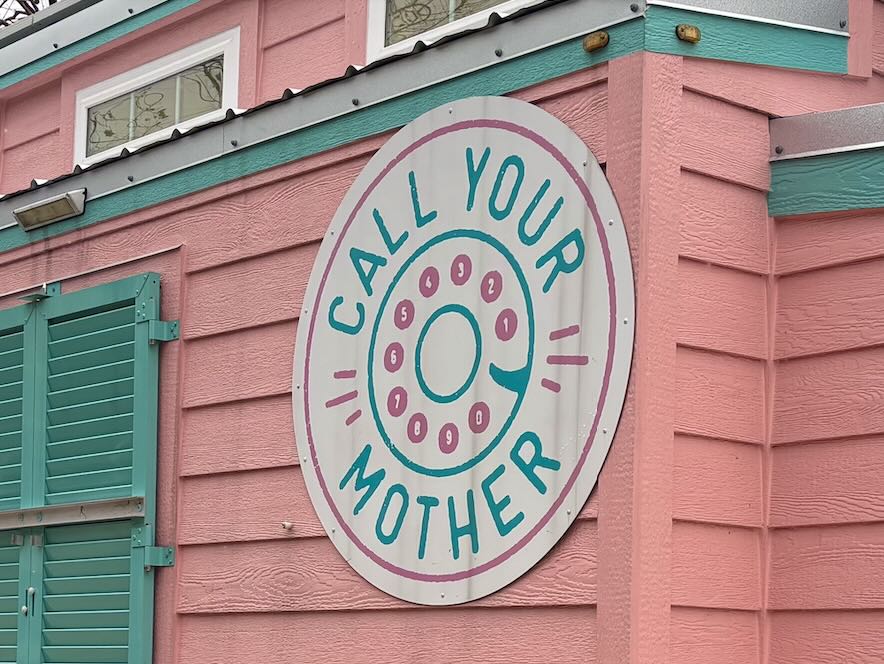Prince George’s County, including the area around the Route 1 corridor, has some of the most diverse native plant life in the United States, according to local science writer Gabe Popkin.
Because early settlers cut down the old-growth forests in the area, local natural areas don’t have quite the same mix of species that they would have had centuries ago, but enough time has passed that they are fairly representative.
“Prince George’s County and the area to the south and east of here in Maryland is a plant biodiversity hotspot not just regionally, but nationally based on the studies that have been done,” Popkin told the Hyattsville Wire. “There’s more native plants per square mile here than almost any other part of the country.”
A resident of Mount Rainier, Popkin is partnering with the Maryland Native Plant Society to lead a tree identification tour through Hyattsville’s Magruder Park on Saturday, Oct. 27.
The Maryland Native Plant Society hosts many programs and tours, but the Magruder Park tour is intended to show area residents the biodiversity that exists just a short walk from their homes. Popkin will be focusing much of the tour on two trees, a large swamp chestnut oak tree and a white ash tree.
The chestnut oak is a rare species for the area, but ash trees are common and being endangered due to the population of ash borer beetles. The Maryland National Park Planning Commission has treated this particular tree with insecticide to protect it from the ash borer.
“This tree probably provides habitat for many insect and bird species,” said Popkin. “We have pretty amazing biodiversity in our local area, and a lot of the biodiversity is threatened, and we need to pay attention and act if we want to protect it.”
The tour has limited spots due to the sensitivity of forests and the likelihood of the group going off trail. Popkin’s tour no longer has open spots, but he’s hoping to lead more programs in the future in places like the Anacostia Riverwalk Trail and Lake Artemesia.
But if you’re interested, you’ll need to act quickly. The Native Plant Society’s tours can fill up in less than a day.


















